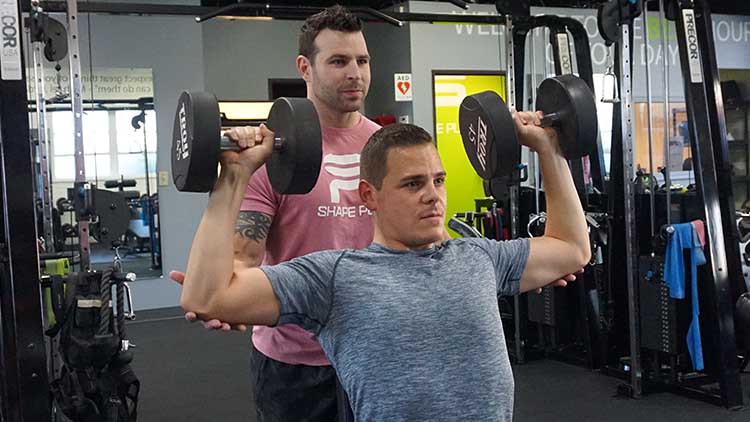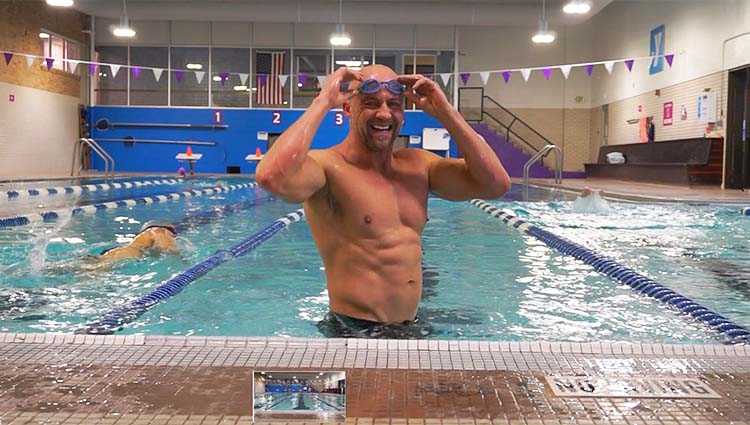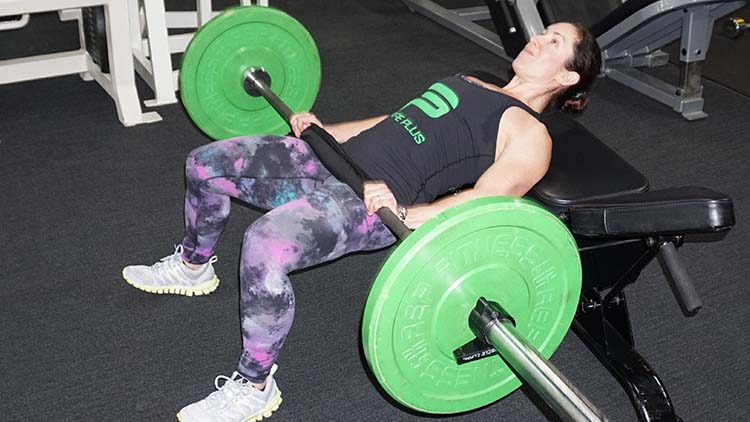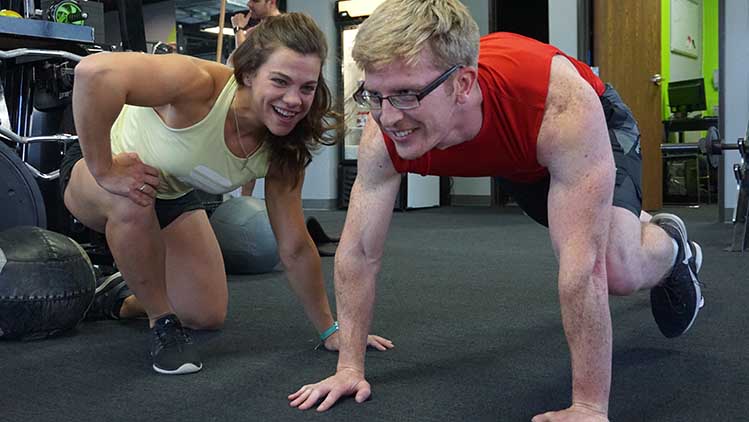Whether you’re looking to trim your waistline or get totally ripped, combining both strength training and cardio into your workout regimen is key.
For cardio junkies, incorporating a strength-training routine can help you improve your form, endurance, and daily calorie burn. Adding muscle has the benefit of increasing the efficiency of movement, allowing you to go farther and move with more power. The added muscle also has the benefit of increasing your metabolism. Thus by adding strength training, you can break through weight-loss plateaus and/or your personal record time.
Conversely, if you are a meathead that’s always in the weight room, you will find that incorporating cardio is a more effective way of burning off body fat than weight training alone. Certain brands of cardio, like HIIT (see below), will also help you build muscle – not deteriorate it.
Combining cardio and strength training can also complement each other, even when done on the same day. That is, studies show that strength training does not negate the gains of endurance training when done on the same day. Likewise, cardio will not negate the growth of muscles when done on the same day.
To effectively combine strength training and cardio, follow one of these three strategies:
High Intensity Interval Training (HIIT)
HIIT is by far the most efficient way to burn fat, burn calories, and improve aerobic capacity. For instance, a 10-minute HIIT routine can burn as many calories as 30 minutes on the treadmill. Another study by the American College of Sports Medicine found that engaging in just two weeks of HIIT is equivalent to six to eight weeks of endurance training.
So what exactly is it? HIIT combines super high-intensity cardio with recovery intervals (like strength training exercises) at a 1:4 ratio. High-intensity intervals are at 80% of your maximum capacity, while recovery intervals are around 40% of your maximum capacity.
An example of an interval cycle can include one minute of mountain climbers, followed by one minute each of squats, deadlifts, handstand pushups, and planks. Repeat this cycle four to six times, or follow up with different 1:4 combinations.
Close Out a Weight-Training Session with 5-10 Minutes of Cardio Sprints
You can still reap the benefits of incorporating cardio by doing 5 to 10 minutes of cardio sprints after weights. This is a good option for meatheads who avoid cardio because of boredom and don’t normally get their heart rate up through aerobic exercise.
One way of doing cardio sprints is the Fartlek workout, which means “speed play” in Swedish. You combine fast-paced intervals with recovery intervals at whatever distance and pace you want. During the recovery intervals, however, you’ll want to go slow enough to recover your breath to the point you can breathe deeply again before engaging in another sprint interval.
Train Every Major Muscle Group Once Per Week
If you are a cardio junkie looking to incorporate strength training, keep in mind you need to train every muscle group – core, legs, back, etc. – once per week. By training every muscle group, you’ll be maintaining physical balance. You’ll also be reducing your risk of injury by not over-training. Muscles need between 48 – 72 hours to fully recover and grow from resistance training. Without that rest, training muscles too frequently will lead to atrophy and/or loss of strength.
One strategy is to intensely hit one major muscle group for a 30-minute workout for five out of seven days per week. Another strategy is to do a longer full-body workout, two days per week.
Either way, you can do the strength training workout alone or before your cardio session that day. Most experts agree that strength training is best before cardio to ensure you have enough energy to perform the exercises with proper form.
Note, however, if you’re an endurance athlete, a study on endurance runners suggests you should combine the two only on days the cardio will be at “submaximal intensities.” The study found a strength training session of the lower extremities can hamper a hard run for up to 24 hours but has no effect on light or moderate running sessions.
Contact Shape Plus today for workout ideas, personalized training programs, and skilled personal trainers in Denver. We understand the unique considerations and goals of men’s and women’s strength training. Our experienced trainers will create customized workout plans tailored to your needs. Combining cardio and strength training intelligently, we help you achieve optimal fitness levels. In addition, get guidance on proper form, nutrition, and recovery. Shape Plus is your trusted partner in unlocking your strength and achieving desired results. Contact us now to embark on a transformative fitness journey.





